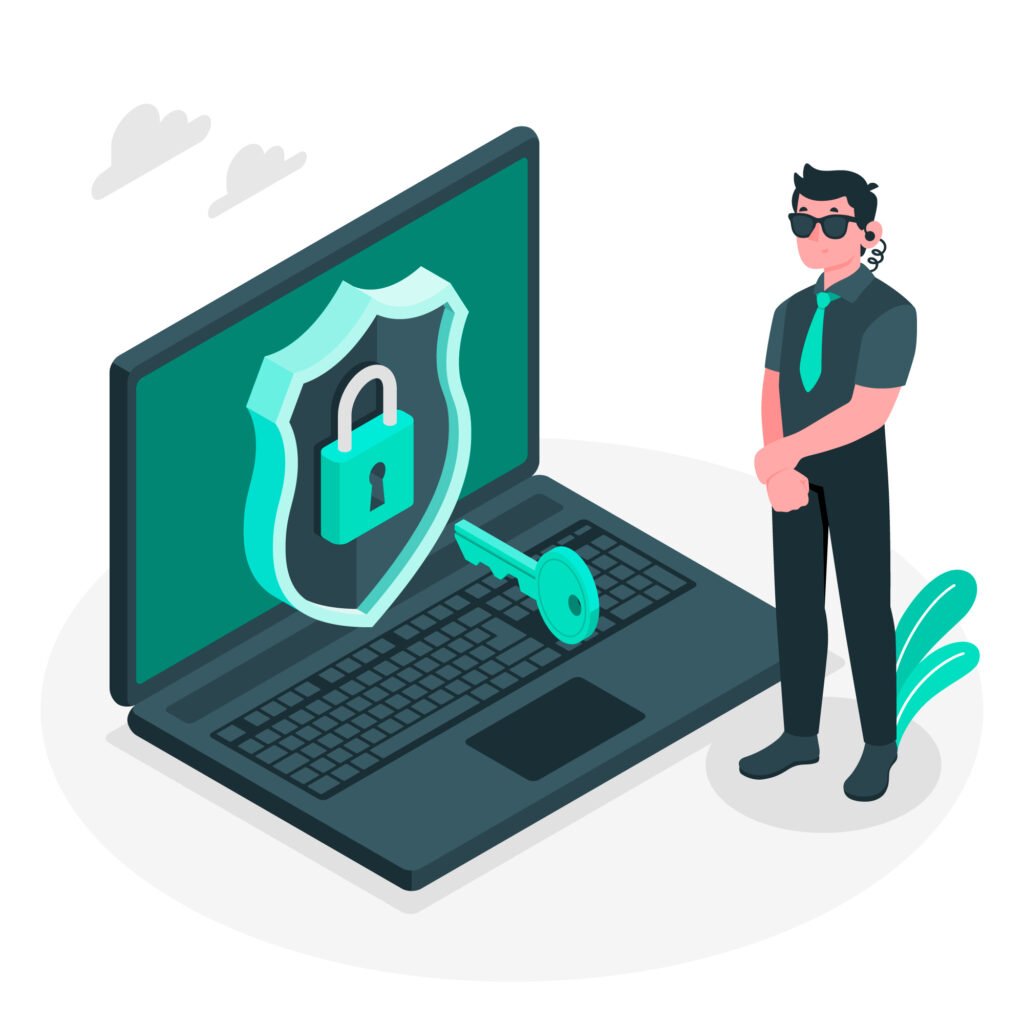
What is Cybersecurity?
The cybersecurity niche encompasses the field of protecting computer systems and networks from unauthorized access, use, disclosure, disruption, modification, or destruction.
Here’s a breakdown:
Key Areas:
Threat Detection & Response: Identifying, analyzing, and responding to cyber threats like malware, phishing, and ransomware attacks.
Network Security: Protecting computer networks from unauthorized access and attacks, including firewalls, intrusion detection systems, and vulnerability scanning.
Data Security: Ensuring the confidentiality, integrity, and availability of sensitive data, such as customer information, financial records, and intellectual property.
Application Security: Securing software applications from vulnerabilities that could be exploited by attackers.
Cloud Security: Protecting data and applications stored and processed in cloud environments.
Identity and Access Management (IAM): Controlling and managing user access to systems and data.
Compliance and Risk Management: Ensuring compliance with relevant security regulations and managing cybersecurity risks.
Initials: The cybersecurity niche may require an initial investment in certifications or training programs to build expertise and credibility in the field.
How Much Can You Earn Annually in Cybersecurity?
Earnings vary based on experience, location, certifications, and the complexity of the role.
Entry-Level Roles
Job Titles: Security Analyst, IT Support Technician
Earnings: $50,000 – $70,000/year
Mid-Level Roles
Job Titles: Penetration Tester, Security Engineer, Threat Analyst
Earnings: $80,000 – $120,000/year
Advanced Roles
Job Titles: Security Architect, Cybersecurity Consultant
Earnings: $130,000 – $180,000/year
Leadership Roles
Job Titles: Chief Information Security Officer (CISO), Security Director
Earnings: $200,000 – $400,000/year or more

Commonly Used Software in the Cybersecurity Niche
Here are some commonly used software tools in Cybersecurity:
1. Antivirus and Endpoint Protection
Example: Norton, McAfee, or Bitdefender
Protects devices from malware, viruses, and other malicious software.
4. Penetration Testing Tools
Example: Metasploit, Kali Linux
Simulates attacks to test the robustness of systems and identify weaknesses.
5. SIEM (Security Information and Event Management) Tools
Example: Splunk, IBM QRadar
Analyzes security data in real-time to detect threats and streamline incident response.
8. Network Monitoring Tools
Example: Wireshark, SolarWinds
Tracks and analyzes network traffic to detect unusual or malicious activities.
9. Cloud Security Platforms
Example: Palo Alto Prisma, Microsoft Azure Security Center
Protects cloud-based assets and services from cyber threats.
Essential Equipment for Cybersecurity
Below is a list of basic and additional equipment for the Cybersecurity niche:
Basic Equipment (Must-Have)
Powerful Computer
A reliable computer or laptop with high processing power (e.g., Intel i7/i9 or AMD Ryzen processors, 16GB+ RAM).
Popular Choices: Apple MacBook Pro, Dell Latitude 3550 Business Laptop
Secure Internet Connection
High-speed, encrypted internet for secure communication and uninterrupted workflow.
Popular Choices: Google Wifi
Hardware Firewall
A dedicated firewall device for network security and protection against external threats.
Example: Fortinet FortiGate, Cisco Firepower.
External Storage
Secure and reliable external hard drives or SSDs for backups.
Popular Choices: SanDisk Extreme SSD, Samsung T7 SSD
Multi-Monitor Setup
Multiple monitors to manage and monitor real-time security dashboards effectively.
Popular Choices: Samsung 34′ Odyssey, LG UltraFine
Ergonomic Furniture
Purpose: Offers comfort during long work hours, boosting productivity and preventing strain.
Popular Choices: Marsail Ergonomic Office Chair, ErGear Height Adjustable Electric Standing Desk
Additional Equipment (Nice-to-Have)
Headset with Mic
Clear communication is needed during team collaboration or remote troubleshooting.
Popular Choices: Logitech H390, Jabra Evolve.
Webcam with Privacy Cover
This is for secure video conferencing with a privacy shutter to prevent unauthorized access.
Popular Choices: Logitech C922x Pro.
Hardware Security Key
A physical device for two-factor authentication (2FA).
Popular Choices: YubiKey.
Keyboard & Mouse:
An ergonomic keyboard and mouse reduce wrist strain and improve comfort, enabling you to work efficiently for hours.
Popular Choices: Lenovo 510 Wireless Keyboard & Mouse Combo, Dell Pro KM5221W Keyboard & Mouse).
As an Amazon Associate, I earn from qualifying purchases.
Learn Cybersecurity
YouTube Tutorial: Cybersecurity Mastery: Complete Course in a Single Video | Cybersecurity For Beginners
Tips to Succeed in Cybersecurity
Build a Strong Foundation: Master cybersecurity fundamentals, technical skills (like coding and networking), and relevant certifications (e.g., CompTIA Security+, CISSP).
Gain Practical Experience: Seek internships, personal projects, and participate in CTFs to hone your skills.
Continuous Learning: Stay updated on the evolving threat landscape and industry best practices.
Develop Essential Skills: Cultivate strong communication, problem-solving, and teamwork abilities.
Build Your Network: Connect with other professionals through networking events and online communities.
By focusing on these key areas, you can increase your chances of success in the dynamic field of cybersecurity.
